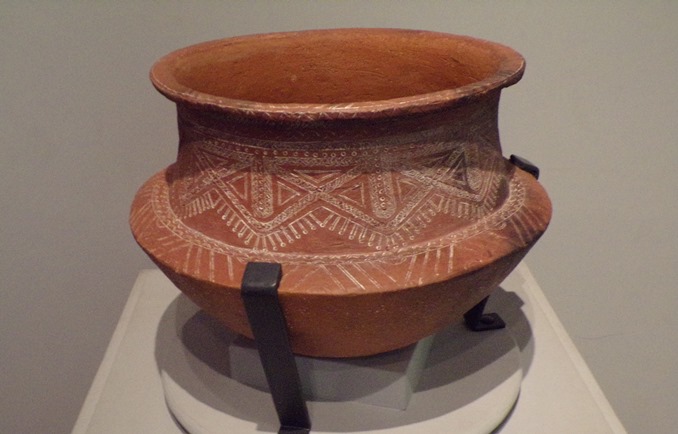The University of the South Pacific (USP) is gearing up to host the 10th International Lapita Conference, one of the biggest and most significant historical and archeological conferences in the Pacific in recent years.
The conference which will run from 26-30 June is organised jointly by the Fiji Museum, the USP, the Fiji National University, the University of Fiji, the Ministry of iTaukei Affairs, the iTaukei Trust Fund Board and the Australian National University (ANU).
Dr Frank Thomas, a co-organiser of the conference and senior lecture in Pacific Studies at USP, said several themes will feature at the conference including the history of Lapita archaeology in the region, Fiji’s own Lapita history, histories of language, symbols, societies and networks as well as new research in archaeology, land and identity in Oceania.
Work on ancient deoxyribonucleic acid (aDNA) to better understand the origins and migrations of Lapita peoples across the Pacific is also expected to be presented at the conference.
Fiji Museum researcher and co-organiser Elia Nakoro, reflecting on Fiji’s own Lapita history, said it was likely the Lapita peoples in Fiji settled first in Nadroga around 3000 years ago, at the sites of Bourewa and Qoqo and then spread out through southwest Viti Levu, adding that early settlers also reached Vanua Levu and many of the smaller islands offshore, including Yadua (Bua), Moturiki and Naigani (Lomaiviti) before occupying Lau Islands like Lakeba and Mago.
“The Lapita settlers of Fiji represent the world’s greatest voyagers for their time and exhibited a complex culture that included elaborately decorated pottery and shell tools and ornaments as well as an extraordinary ability to sail and navigate their way across hundreds of kilometers of open ocean,” Dr Thomas and Nakoro said.
“Archaeological research shows that the Lapita settlers of Fiji came from the west, probably from Vanuatu or the eastern outer islands of Solomon Islands which they had reached from the Bismarck Archipelago in Papua New Guinea.”
ANU’s Professor Matthew Spriggs, also a co-organiser, stated the conference would also delve into the nature of these migrations, raising the question of whether the movement was a wave of voyagers or a slower, more drawn-out trickle over a longer period of time.
“Since Lapita peoples relied heavily on marine foraging and fishing, this conference will also report on the abundant resources that might have played a role in encouraging further expansion of Lapita communities,” Prof Spriggs said.
Archaeological evidence suggests that Lapita disappeared as a distinct culture about 2500 years ago but their descendants still live on those islands today, doing many of the same things and speaking languages related to those of their distant ancestors.
The conference will be held at USP’s Japan-Pacific ICT Theatre, Laucala Campus and the Fiji Museum with a field trip planned on July 1.





